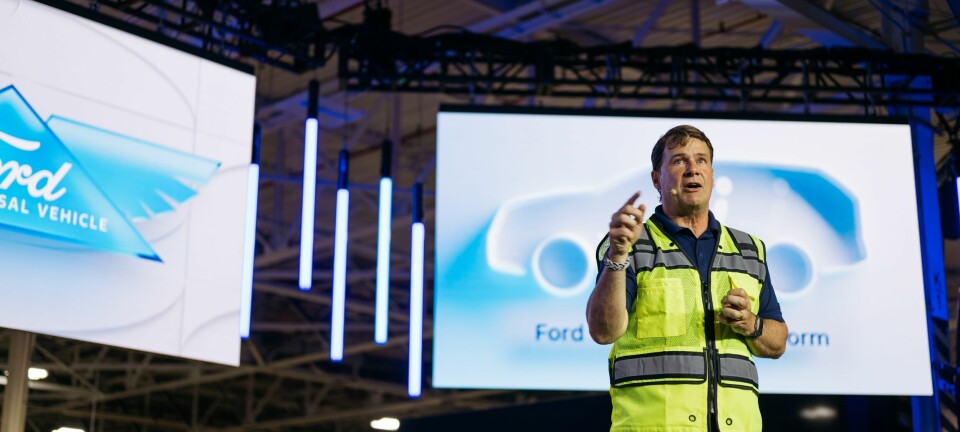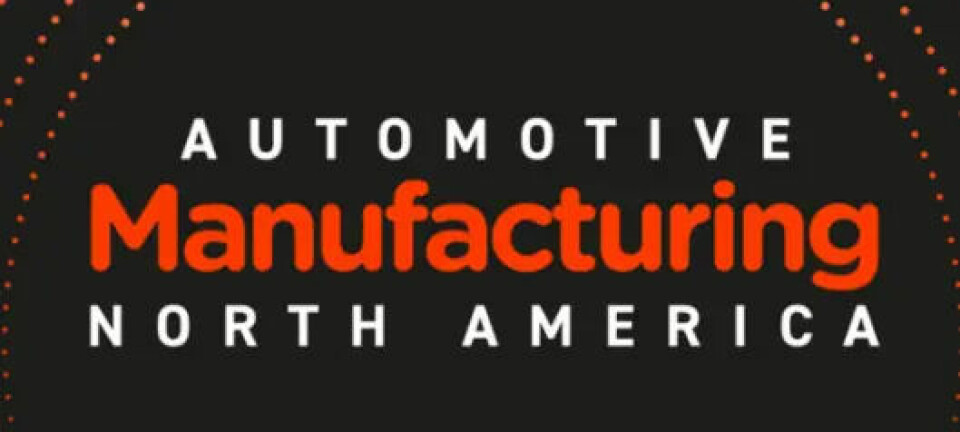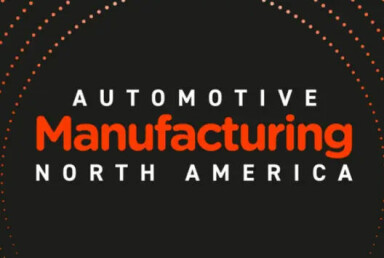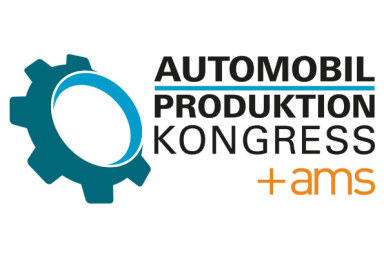Tariffs, trade shifts, and EV turbulence: How Trump’s second term is reshaping North American auto manufacturing
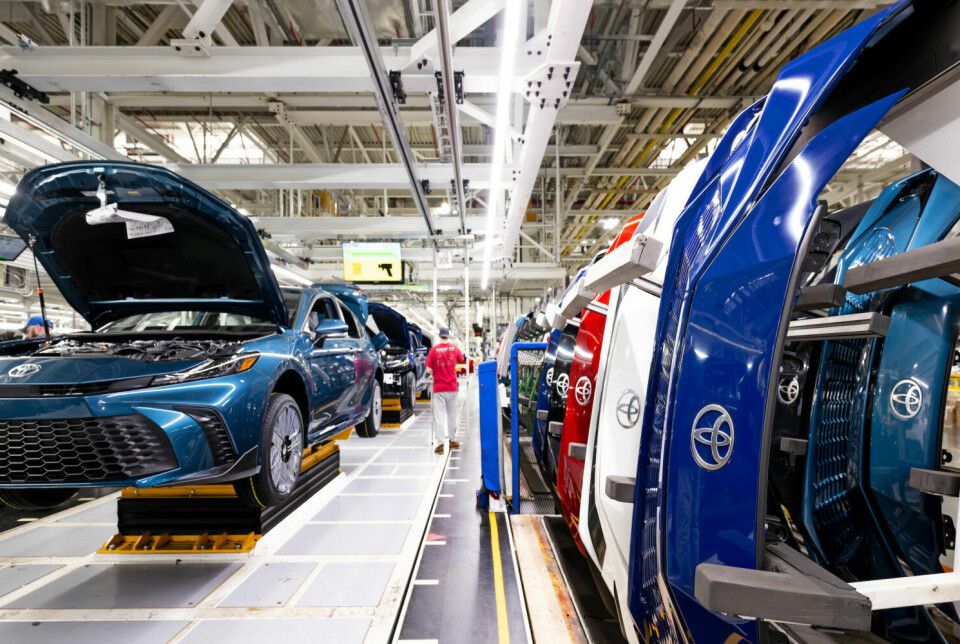
North American vehicle manufacturing is undergoing major changes. These are in response to political actions, wider market factors and some interesting decisions by major vehicle companies
The early days of the second Trump presidency saw a rise in tariffs, creating uncertainty and unpredictability in the industry. The USMCA trade agreement, negotiated during the first Trump presidency, has been largely dispensed with, although some aspects of the regional local content rules remain. The automotive industry is navigating through these changes, with the USMCA itself due for renegotiation in the near future.
Under “Trump 2.0” tariffs have become a central tenet of US trade policy. All exporting locations saw tariffs on light vehicles increase significantly, from a very modest baseline of 2.5%. Even with reductions “granted” by the US administration, some countries are still subject to a ten-fold rise in their tariff rate. This has quickly led to changes in vehicle companies’ manufacturing plans. Mercedes-Benz, Volvo Cars, BMW, Volkswagen and (potentially) Audi are expanding their production in the US. Japanese companies like Honda, Toyota, and Nissan are also making changes, shifting production from Mexico, Canada and Japan itself to the US.
The EU had been faced with the threat of a 25% tariff on vehicle exports to the US but has managed to negotiate this down to 15%
Tariffs lower profit levels for some OEMs
The increased tariffs have significant financial implications for vehicle companies. Toyota is expecting a reduction in its profits this year by $9.7 billion, cut its overall profits by 33%; Mazda, by contrast, faces a lower bill (because it is smaller) but the impact on its profits is greater, which are expected to be cut by 75%. This reflects the fact that most of its sales in the US are imported, and it cannot quickly shift production. Toyota, by contrast, has a significant production network in the US and the ability to move production there. Even so, Toyota’s profits are likely to be down by one-third versus pre-tariff rise expectations.
The EU had been faced with the threat of a 25% tariff on vehicle exports to the US but has managed to negotiate this down to 15% (although the arrangement has not actually been implemented in practice). In return the EU has had to agree several concessions, which in automotive will include a reduction in tariffs on US-made vehicles coming across the Atlantic and potentially the mutual recognition of US and EU standards. This could, in theory, help to boost the sale of US-made vehicles in Europe, although how individual countries and indeed consumers will react, for example, to US-made trucks which do not meet EU rules on pedestrian impact in accidents appearing in large numbers on Europe’s roads remains to be seen.
Ford’s Skunk Works, based in California, has developed a new platform and manufacturing system, the Ford Universal EV Platform (FUEVP), aimed at producing cheaper EVs
Policy shifts slow US EV market
Market conditions, especially the slower than anticipated switch to EVs, has begun to be reflected in associated investments. While the transition to EVs remains a key issue for the industry, policymaking under the second Trump presidency has slowed this shift. The Biden administration's policies had encouraged significant investment in EV and battery production, but the current administration's stance has led to reduced market penetration for EVs. This has impacted investment in battery plants, with several companies adjusting their plans. AESC, LG and Gotion are amongst the battery companies that have either slowed or paused battery cell capacity expansion; and GM and Ford have announced reductions in their own battery assembly capacity plans.
Ford develops new manufacturing system for EVs
While investment in battery plants is uncertain, vehicle companies themselves are investing in their own facilities and model programmes, including in novel directions. For example, Ford’s Skunk Works, based in California, has developed a new platform and manufacturing system, the Ford Universal EV Platform (FUEVP), aimed at producing cheaper EVs and to do so in a more flexible manner than under traditional systems to allow the quick introduction of new variants. The first vehicle from this platform will be an electric pick-up truck, with production set to begin in 2027. The new assembly line design is expected to reduce production time and costs by as much as 40% compared to current systems.
Meanwhile a partnership between GM and Hyundai will take both companies in new directions. They have announced a wide-ranging alliance to co-develop new vehicles for the Americas as a whole. Five new vehicles will be developed, four of which will be led by Hyundai, indicating perhaps who is the leader in this new partnership. As well as co-developed vehicles, the partnership will include joint sourcing of battery materials and steel. Hyundai’s affiliate company, Hyundai Steel, is likely to the primary beneficiary, supplying GM with steel in Korea and from its new steel plant currently being built in the US.
The next year or so will be critical for US vehicle manufacturing. We can expect to see much more in the way of production shifting to the US in response to tariffs
Toyota boosts production flexibility at US plants
However, it is at Toyota’s US operations where arguably the biggest changes are under way. The company has decided to concentrate US EV production at its Georgetown, Kentucky factory. The company has also completed a significant transformation of its Georgetown assembly facility, making it the most flexible within Toyota's global operations. This new system is designed to be powertrain-agnostic and highly efficient and is expected to be used across Toyota’s operations worldwide in the next decade. The real success of this $1.8 billion transformation in Kentucky will be when ideas designed and developed, and effectively applied in practice in the US, are applied to a factory in Japan.
The next year or so will be critical for US vehicle manufacturing. We can expect to see much more in the way of production shifting to the US in response to tariffs. The three biggest Japanese companies, Toyota, Honda and Nissan, have all announced production shifts to the US, at the expense of operations in Canada, Mexico and Japan itself. Reducing production in Japan, indeed even closing factories there (as Nissan has announced it will), could have wider implications when set alongside the transfer of production to the US. Corporate Japan will be under pressure not to cut back excessively in terms of its domestic footprint and if “too much” production is shifted to the US, then pressure will be applied to repatriate production to Japan from elsewhere, possibly Europe or more likely nearby ASEAN locations. US trade policy will likely have negative consequences for vehicle manufacturing elsewhere in the world. The wider implications of what is happening in the US need to be monitored carefully.
